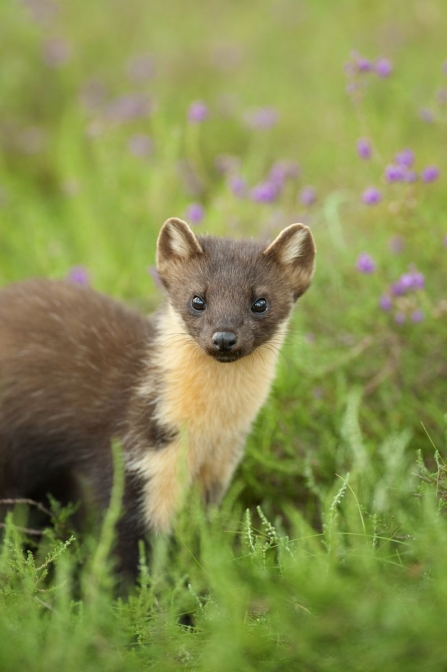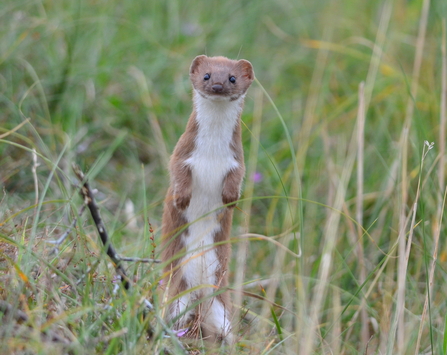Kit independence
As the boisterous furry wombles (A.K.A. pine marten kits) begin to contemplate their gap years and heading out into the big wide world alone, mum finally gets to take a breather. I suspect she will be having a long foot soak, a G & T and watching two seasons of Poldark on Netflix. But this peace and tranquility will not last long, because its mating season!
Now, let us not forget lessons from previous blogs. Pine marten kits may not leave their mother for a whole year, so while she is being pestered by numerous males coming into her territory, she is also being pestered by her offspring. Nevertheless, summer is when females have their oestrus cycle, i.e. they come into season and are ready to mate1. Hopefully by this point she has regained some body condition after weaning the kits off her milk. However, at this time of year, females do tend to look a bit worn out and scraggly.
Same same but different
Pine martens display differences in size between males and females. This is what’s known as sexual dimorphism. In other species such as lions or deer this is much more pronounced with manes or antlers. But in martens the main difference is in length and weight, with the males coming out longer and heavier2.



